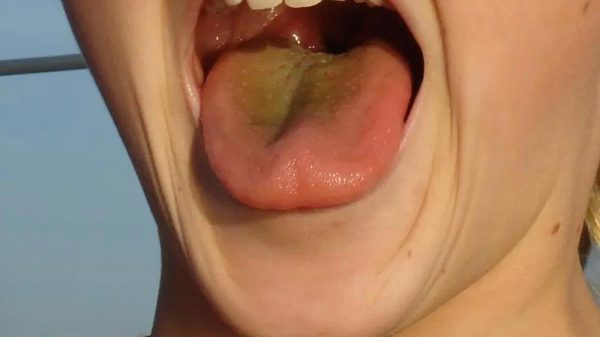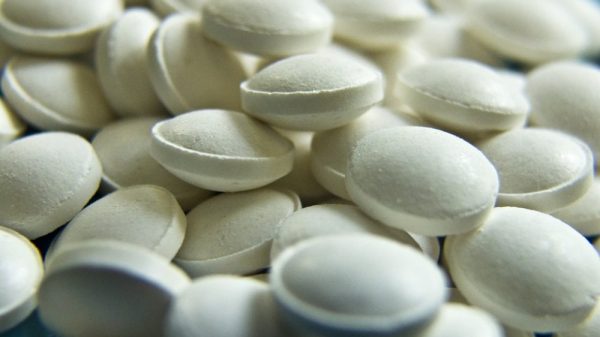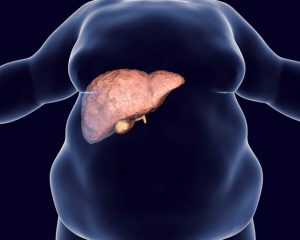Portal hypertension is caused by an increase in the blood pressure of the portal veins. Veins from the spleen, stomach, pancreas, and intestine combine together to form the portal vein. The portal vein branches off into smaller blood vessels and goes via the liver. In a case whereby the liver vessels are blocked maybe as a result of liver damage, there will be no proper blood flow via the liver. This will lead to an elevated pressure of the portal system. This high pressure may lead to portal hypertension ascites, varices (swollen veins) within the stomach, esophagus, umbilical area, or rectum. Varices may get ruptured and bleed leading to complications that are life-threatening.
A common portal hypertension cause is liver cirrhosis. Liver cirrhosis described scarring of the liver as a result of alcohol, hepatitis, or other factors that damages the liver. In cirrhosis, for example, blood flow via the liver is blocked by scarred tissue. There are other possible causes of high portal blood vessel pressure such as the blood clotting in the portal vessels, schistosomiasis a parasitic infection, focal nodular hyperplasia and blockage of venous blood flow from your liver to your heart. There are also cases where the cause of portal hypertension is unknown.
Portal Hypertension Ascites And Other Symptoms
Portal hypertension onset is not always associated with any specific symptoms to signal the liver’s current discomfort. But people with liver disease which results in cirrhosis are at a higher risk of developing portal hypertension.
The main complications and symptoms of this condition include:
- Ascites (abdominal fluid accumulation)
- Decreases platelet counts, these are the cells of the immune system that helps in fighting off infections
- Gastrointestinal bleeding
- Confusion or encephalopathy and forgetfulness which is brought about by the poor functioning of the liver
Portal Hypertension Diagnosis
Doctors usually make a diagnosis of this condition on the basis of ascites presence or varices or dilated veins observed during the physical examination of the anus or abdomen. Endoscopic exams, X-ray tests, and several other lab tests may also help in confirming the diagnosis.
Portal Hypertension Treatment
Unfortunately, most of the portal hypertension causes have no treatment. Rather the focus of the medical team will be to manage or prevent complications especially variceal bleeding.
Medications, diets, surgery, radiology procedures, and endoscopic therapy all play a part in preventing or treating complications. How severe the symptoms are and the state of your liver will determine other treatment methods to be used.
Here are some of the treatment options:
- Endoscopic therapy: doctors usually administer this as the first treatment option for variceal bleeding and it consists of sclerotherapy or banding. A gastroenterologist performs banding by blocking the vessels with rubber bands In order to stop them from bleeding.
- Sclerotherapy is used occasionally when it is not possible to use banding. It is a procedure that involves injecting a solution for blood clotting into this varix that is bleeding in to curb bleeding.
- Medications: Propranolol or nadolol are non-selective beta-blockers that can be given alone or combined with endoscopic therapy. These medications decrease varices pressure and also go further to lower bleeding risk.
These beta-blockers are given to patients who have not experienced varices bleeding yet in order to prevent bleeding from even occurring.
Lifestyle Changes To Be Made
As a way of preventing portal hypertension or improving your liver function, you would need to make some lifestyle changes. These changes include:
- Avoiding street drugs or alcohol use
- Avoid taking any OTC drugs or herbal medications or prescribed drugs without first talking to your doctor about it.
- Follow your doctor’s dietary guidelines which probably include eating low sodium diet, 2grams and below daily. For a person who is showing signs of confusion, the protein intake may need to be decreased. You can request a meal schedule from your dietitian.
Alternative Treatment
If drug therapy, endoscopic therapy, and dietary changes are not able to control variceal hemorrhage then you may need other treatment options to decrease vein pressure. These may include:
- Trans-jugular intrahepatic portosystemic shunt: A popular acronym for this is TIPS. It is a procedure that involves the placement of a stent or tubular instrument in the liver’s middle. This stent will link the portal vein with the hepatic vein which would reroute the liver’s blood flow and assist in relieving abnormal vein pressure.
- Distal splenorenal shunt (DSRS): Here is a procedure that will require the surgeon to connect your spleen veins to the kidney on the left side so as to decrease varices pressure and regulate bleeding. About ninety patients of portal hypertension patients had their bleeding controlled through the DSRS procedure. The highest re-bleeding risk is within the first month.
The patient may need to undergo some tests before DSRS ad TIPS procedures to ascertain the severity and extent of the condition. These tests include a physical examination, medical history evaluation, blood tests, endoscopy, ultrasound, angiogram which is an imaging test that pictures the flow of blood to a specific artery.
An electrocardiogram may also be required, this test records the heart’s electrical activity. An X-ray of the chest and other blood tests may be ordered per time.
There are several complications associated with TIPS and DSRS. DSRS, for example, has ascites as a possible complication. For TIPS the shunts may beget blocked or narrowed down within the first twelve months after the procedure.
If the liver disease is in its final stages then a liver transplant may be necessary. The bleeding varices may also be removed surgically if it is not possible to carry out TIPS.
Portal hypertension ascites can also be treated via paracentesis, a procedure that involves direct removal of the ascites. However, the result gotten here are often temporary so the results will be repeated as many times as needed.























